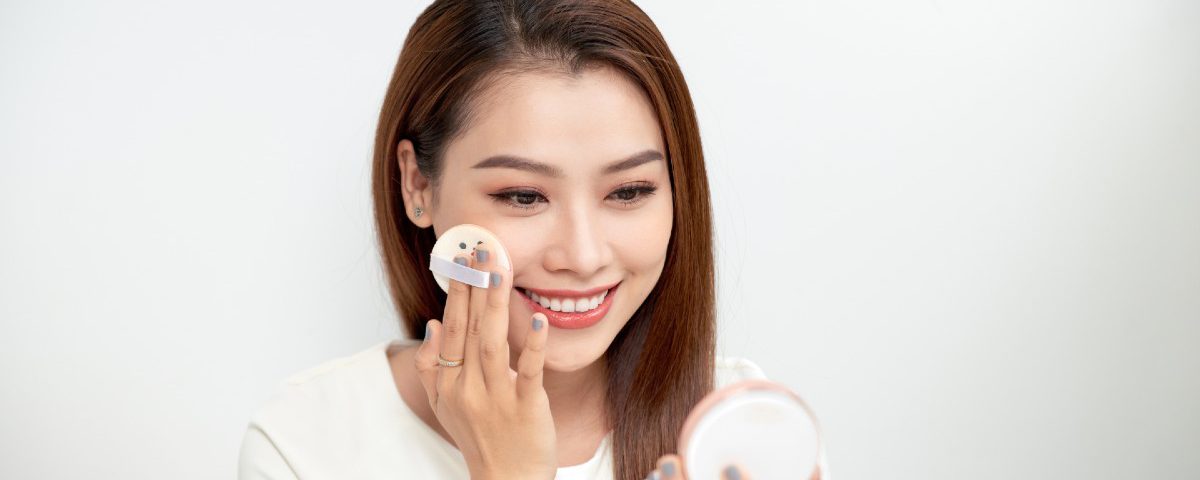For years the spotlight has been on South Korea for its mold-breaking beauty innovations, but now China, Japan and other Asian markets are attracting the attention of the global beauty community.
Sales of beauty and personal care products in the Asia Pacific region are strong and expected to grow by 7% CAGR between 2018 and 2023, according to market research providers, Euromonitor International. China and Thailand will be the fastest-growing markets in the region at 9% apiece, while Taiwan and Singapore will grow by 4% and South Korea and Japan by 3% respectively.
Asia is a region of regions
Expenditure on personal care products differs hugely across the region, with Hong Kong way ahead, largely because of its high tourist spend, followed by Singapore and Japan, South Korea and Taiwan through to the smallest countries Malaysia, the Philippines and Indonesia. There are also differences in perceptions of beauty: in South Korea 45% of consumers embrace aging, while in Japan 56% want to look presentable and 48% of Chinese want to look their best. Loyalty to skincare brands is variable too and is lowest in South Korea (14%) and highest in Indonesia (53%) and China (41%).
Skincare is a lifestyle choice
Skincare dominates beauty and personal care in the region and is worth $69.9bn, accounting for 42% of all beauty sales: this is significantly higher than all other regions, including Europe, where skincare takes a 23% chunk of total beauty and personal care; in North America it stands at 22%. The reason is China, where skincare sales topped $30bn in 2018, more than double that of Japan. By contrast, skincare sales in South Korea were valued at $6bn.
Asian consumers are not especially sophisticated in their use of skincare, predominantly choosing basic moisturizers over other types of product. However, fast growth in emerging sectors, such as face masks, anti-agers and skincare sets/kits, suggests that there is still room for significant growth.
According to Euromonitor, pollution and lifestyle changes are impacting on Asian consumers’ choice of skincare products. Asia has a long history of air pollution and the region ranks second worst globally in terms of PM10 Concentration (the concentration of particulate matter). In addition, stress, bad dietary habits and exposure to blue light is affecting skin condition. Local brands are well placed to target these concerns, such as IPSA, Winona, Yunifang and Cogi, which all exceeded 25% growth between 2017 and 2018.
Young demographic drives sales of C-Beauty
In China, local beauty brands are proving increasingly popular among millennial and Gen Z consumers and are growing rapidly in second and third tier cities. Euromonitor research analyst, Kelly Tang, observes that new local brands are targeting a new generation of consumers, benchmarking themselves against international brands in terms of quality and rich content marketing. “This is what makes C-Beauty brands stand out in the local market,” she says. “C-Beauty brands are largely responsible for leveraging fast-growing internet retailing in China, making e-commerce their core strategy to gain share.” Perfect Diary, a Chinese e-commerce color cosmetics brand, is a prime example: founded in 2017, it takes international trends in color and fashion and translates them into high quality cosmetics products for young Asian women. Another recent success story in color cosmetics is cult Chinese beauty brand Marie Dalgar, founded by Masa Cui, who struggled to find a mascara that could lengthen her short sparse eyelashes, so created her own “grafting” mascara. The brand is sold in over 16,000 stores and counters across China and has a collaboration with Sephora.
Compared to beauty consumers in other APAC countries, Chinese consumers are heavily reliant on the internet for beauty messaging, especially reviews from KOLS (key opinion leaders) and KOCS (key opinion consumers). “The emerging social platforms RED, DouYin and Taobao Livestreaming enable KOLs to show products directly to consumers,” explains Tang. Leading Chinese male beauty blogger Li Jiaqi, is reported as live stream testing as many as 380 lipsticks a day, earning him CNY 10 million ($1.53million) over the past year. He is a strong promoter of the Perfect Diary brand. “In terms of online presence, the availability of review apps such as Xiao Hong Shu and online stores such as TMall have increased the exposure and distribution of small to medium size C-Beauty brands,” affirms Tang.
Hong Kong Chinese are more mature and brand loyal
Almost 50% of sales in the Hong Kong beauty market come from tourist spending, where international beauty brands hold the strong appeal. According to Emily Leung, analyst, Euromonitor, local Hong Kongers have no interest in C-Beauty brands at all. “The Hong Kong customer has a more mature beauty routine, are often more loyal to brands and, when selecting products, look for efficiency and proven benefits.”
The beauty category in Asia Pacific could not be more diverse, offering rich opportunities for local and international brands to prosper.
Euromonitor will present at this year’s in-cosmetics Global Marketing Trends presentations in Barcelona, from March 31-April 2, 2020. https://www.in-cosmetics.com/global/
The Marketing Trends theatre is the most popular educational feature at the event. Priority Passes are available visitors to book and get a guaranteed seat in the sessions. To register and book a pass, visit in-cosmetics.com/register.


Beauty retail and e-commerce will continue to evolve based on the retail climate as well as shifting consumer preferences.
Thank you for your feedback!
Hello this is Leo Harry.Beauty and personal care trends vary across consumer markets in Asia Pacific. Consumers in tropical climates like Malaysia are buying more all-in-one products that incorporate sun protection among other functions.
The beauty industry is set to shift and evolve once more. Whether you like to slather on your beauty products or inhale them, there is a beauty trend below that will speak to each and every one of us.
In Indonesia, c beauty brand has a big opportunity in market.